Thinking that Alaska Airlines is irked at Boeing right now seems to be a complete understatement. Except for some possible light at the end of the tunnel that appeared today. That all came from a recent incident when Alaska’s Hawaii flight, in a brand new plane, faced a mid-air diversion. Water from the first class bathroom sink (video below) flooded the aisle, leading to the captain’s decision to return the plane to Hawaii.
The incident occurred on Flight 828, causing no serious technical concern. Instead, it must have made the company fume with yet another new jet aircraft problem. That was inconvenient for passengers, and required prompt and unusual action from flight attendants to try and mitigate the problem pending a resolution.
A passenger captured the incident’s footage, leading to global media exposure. In that, you see water flowing into the Boeing 737 MAX 9’s single-aisle as flight attendants worked diligently to clean it up using what they had at their disposal: paper towels. The airline that is always forthcoming, and is trying to acquire Hawaiian Airlines, confirmed that the aircraft had encountered an issue with water from the lavatory sink soon after departure from Honolulu.
Alaska is completely irked with Boeing between this and the scary door blowout.
In January, the door blowout incident led to global repercussions about new Boeing planes and a lack of quality control. This incident, while minor, added salt to the wound amid the ongoing scrutiny surrounding Boeing 737 MAX 9 planes.
While it isn’t clear when or why the sink started to leak uncontrollably, the flooding became noticeable about an hour into the flight to Anchorage, leaving approximately two to four inches of standing water in the plane. The situation was significant enough to soak the floor of the aircraft thoroughly.
Following their decision to return to Honolulu, the flight did a boomerang to land safely just over two hours after it departed. Then, as no alternate aircraft was available, the flight was canceled. Passengers were accommodated and got home a day later than expected.
Being in Hawaii an extra day, however, may have softened the blow for passengers. Alaska Airlines also apologized to passengers for the inconvenience while commending their crew for their efforts in ensuring the safety and comfort of the passengers throughout the ordeal.
Softening the blow for Alaska Airlines, however, came in another form today. It was just announced that Boeing paid the airline $160 million to help compensate for the grounding of the 737 MAX. That is according to the airline.
In any event, incidents involving onboard flooding are quite unusual, while not unheard of. Other lavatory issues have recently made the news, including one incident on American Airlines that also resulted in a diversion. Malfunctioning plumbing leading to the severity of this problem, and on a brand new plane, is, however, troubling.
Kudos to Alaska Air for handling yet another MAX 9 problem.
Does this change how you feel about flying Alaska Air Hawaii flights for the better or worse?
Get Breaking Hawaii Travel News
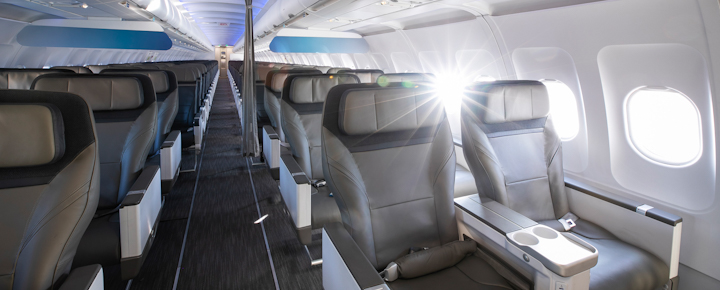
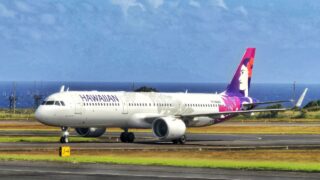
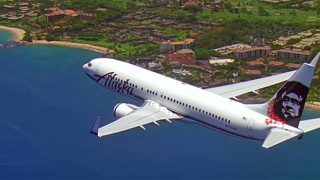
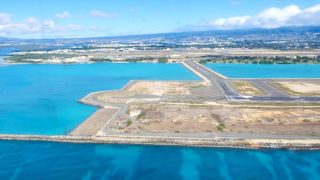
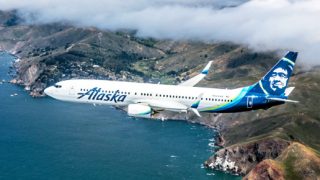
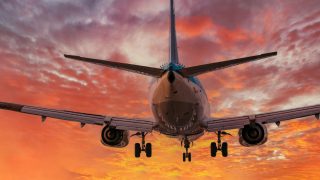

For my graduate thesis I performed a study of the general decline of American global business dominence since the 1950’s. While many causes could be identified, one common thread emerged. The consistent decline appeared to have commenced about 4-5 years after the CFO migrated to the CEO position. I note that AK Air is at this stage. Perhaps…
What about the seepage of that standing water beneath the aircraft floor, invading hidden cavities and messing with any electrical wiring, etc, over the long term ?
I’ve posted it before and again here: Remember when things (generally) worked the way they should? “Those were the days”…
Best Regards
The gray water from the lavatory sinks and the galleys are routed out of the aircraft through an air stop valve to the drain masts located under the belly of the aircraft. The air stop valve only opens when a certain amount of water is collected, which prevents air leaks from the cabin. Water can back up into the lavatory if the air stop valve malfunctions. The water evaporates when discharged above 10,000 feet. One of the many reason that the seat belt sign stays on until the aircraft pases 10,000 feet.
I won’t fly 737 max period. Lemons
Good grief! Is anyone in charge of quality control and passenger safety?
Good on the Captain for turning around. We’ve all seen how much damage water freezing can have when it is where we don’t want it to be. Think bursting pipes in winter. Now at 34,000 feet.
Are there any systems under the floor that could be compromised with water freezing in the wrong place? Was it thought of in design and test? It is 50 to 60 degrees below zero at altitude, so let’s not have any surprises.
Now the good news: it wasn’t Blue Juice.
Sounds like Hawaiian should start looking for a new buyer, as Alaska is not looking qualified or safe.
Why not Southwest to acquire Hawaiian?
It’s not Alaska”s fault, it’s the fault of Boeing’s sloppy subpar
engineering and manufacturing processes.
Explain the a321 problems then. This mess began when “b” took over as trans sec. No oversight, airlines et all get away with whatever they want. trains crashing everywhere, ships… Now I’ll be banned. Who cares. Not many read this anyway.
Alaska, Hawaiian, and Hawaii tourism do not need preventable events like this to happen, especially given the many other challenges that have befallen Hawaii. My question is, where are we with regard to Defcon levels? The feeling of personal and family safety while vacationing is important, so is tourism concerns about Hawaii at Defcon 3, or perhaps Level 2?
Hello Andrew,
What are Defcon levels?
I have never heard of that.
Defcon levels are Defense Conditions established by the national command authority for the armed forces. DEFCON 5 is “Peacetime normal,” DEFCON 1 is “bend over and kiss yourself goodbye – the nukes are flying.”
military.com/military-life/defcon-levels.html
Hi Jeff.
Thank you!
Aloha.
Aren’t the lavs, like the seats and such, sourced from another provider? A bit odd that there wasn’t a supply valve they could turn off.
That’s correct. Aircraft makers like Boeing build the planes, and the purchasing customer chooses what outfitter company they want , depending on innumerable factors like how many passengers can be crammed in, or conversely, comfort, layouts, toilet facilities, galleys, thickness and type of cushions for
Seating, you name it. There are a truckload of companies worldwide that they can choose from. I always have to chuckle when I read someone is blaming the aircraft company for how comfy, or Not comfy their seat was on a plane. 😄
So why not answer my question? Why couldn’t they find shutoff valve? Has no one here been on a sailboat? Happens all the time: someone sinks a boat because it was left on wetbowl.
My guess it was under the valve out of reach, or f.a
Don’t know parallel is open. They should